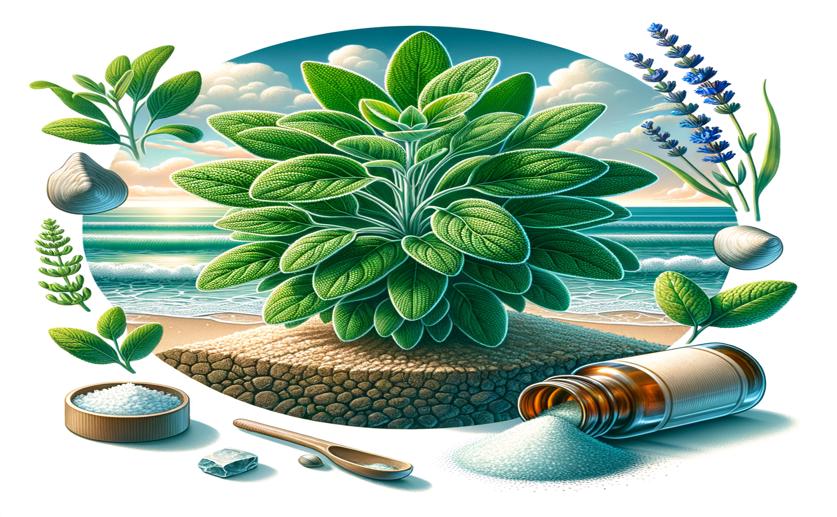
How Plant Signals Balance Medicine Production and Salt Tolerance in Sage
Jenn Hoskins
15th September, 2024

Image Source: Natural Science News, 2024
Key Findings
- Researchers at Northwest A&F University studied the role of stress-associated proteins (SAPs) in Salvia miltiorrhiza's response to stress and metabolism
- The gene SmSAP4 was significantly upregulated under methyl jasmonate (MeJA) and salt stress, increasing tanshinones and decreasing salvianolic acids
- Overexpressing SmSAP4 reduced salt stress tolerance in both Arabidopsis thaliana and S. miltiorrhiza, affecting antioxidant enzyme activity and sodium-potassium balance
References
Main Study
1) SmJAZs-SmbHLH37/SmERF73-SmSAP4 module mediates jasmonic acid signaling to balance biosynthesis of medicinal metabolites and salt tolerance in Salvia miltiorrhiza.
Published 12th September, 2024
https://doi.org/10.1111/nph.20110
Related Studies
2) Medicago truncatula stress associated protein 1 gene (MtSAP1) overexpression confers tolerance to abiotic stress and impacts proline accumulation in transgenic tobacco.
3) Overexpression of a Medicago truncatula stress-associated protein gene (MtSAP1) leads to nitric oxide accumulation and confers osmotic and salt stress tolerance in transgenic tobacco.



 28th August, 2024 | Jenn Hoskins
28th August, 2024 | Jenn Hoskins